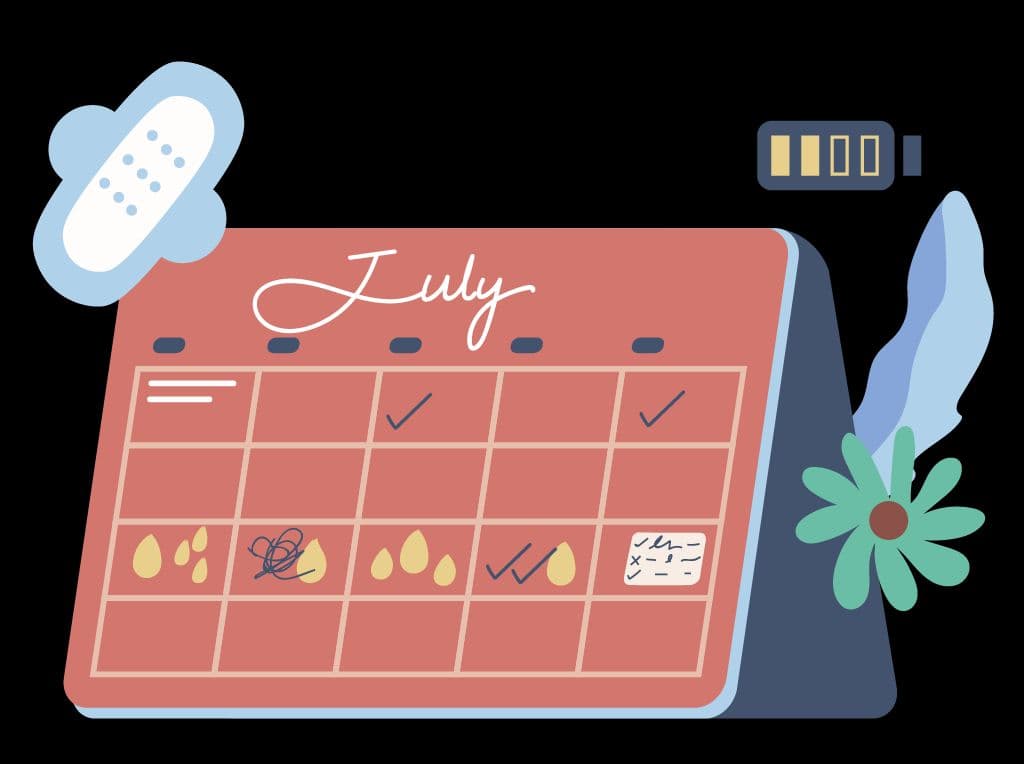This article has been written by Dr. Kirti Singh and compiled by Ms. Debayani Bose.
Menstrual pain is something we all as women have experienced at some point in our lives, albeit in varying degrees.
Menstrual spasms are usually cramping pains in the lower abdomen. Most women often complain of experiencing menstrual cramps just before and during their menstrual periods. For some, the discomfort can just be a little annoying while for others the cramps can be severe enough to interfere with our everyday activities for a few days every month.
But have you ever wondered what causes menstrual pain? Let’s understand what causes the pain before we delve into how yoga can alleviate the same.
Our uterus has a thin cellular layer called the endometrium, this innermost lining thickens and increases in size and circulation anticipating a pregnancy. Usually, this lining is shed after the body fails to conceive every month in the form of period flow.
Pain occurs when the uterus tries to expel out this lining by contracting and this shedding is triggered by hormones called prostaglandins which rise right before menstruation starts. It can cause pain and inflammation in the abdominal and pelvis region which may also spread to the lower back and thighs. Severe pain may be associated with higher levels of prostaglandins. It may also concur with vomiting, headache, dizziness, fatigue, constipation, bloating and mental health issues. A lack of exercise and unhealthy dietary habits also often contribute to the problem.
Types of period pain
Painful periods are primarily of two types.
a. Primary: Pain before and during periods since the beginning with no history of pelvic disease or abnormality
b. Secondary: When otherwise normal periods become painful later in life mostly due to a condition affecting the uterus and other pelvic organs.
What causes a painful period?
Painful periods are caused by medical conditions such as endometriosis, fibroids, pelvic inflammatory disease (PID), adenomyosis, cervical stenosis. Various risk factors such as family history, teen years, premenstrual syndrome (PMS), irregular periods, smoking, heavy periods with clots can also lead to painful periods.
How to distinguish between normal period pain and unhealthy period pain
Slight pain and discomfort just a few days before and during the periods is usually considered normal. However, it’s not normal if the menstrual pain-
- interferes with your ability to perform basic tasks each month
- if you pass heavy clots along with pain
- you have had 3 consecutive very painful periods
- you are experiencing continuous heavy flow with pain
- painful cramps accompanied by nausea and diarrhoea
- pain in the pelvic area even when not menstruating
- foul-smelling vaginal discharge along with pain
Let’s understand how yoga can help you alleviate painful periods.
Yoga can act as a good pain-relief strategy for relieving menstrual cramps if practised regularly and correctly. Our belly, pelvis, hips and lower back are typically the areas that experience pain from cramping. These areas can be targeted for pain relief through certain yoga poses. And the good news is you only need to be a yoga beginner to practice these asanas, in your daily practice.

How does yoga work?
- Yoga strengthens the body physically and raises its flexibility which allows free flow of pranic energy.
- Yoga aids in alleviating pain caused due to menstrual cramps by acting on the pain threshold of your body.
- It calms the mind
- Empowers you to put up a stronger resistance against the pain.
- Increases circulation and relieves the tension in the muscles
Emotional stress is known to increase menstrual discomfort. Yoga helps you understand your body's capabilities and helps you unlock its potential. It also helps to uplift the mood.
Here’s a list of yoga asanas for regulating period cramps and pain
It is important to note that these asanas help more when practised before the periods begin. These are to be done very gently and softly during the duration of periods, only if your body allows them. And in case of discomfort, heavy bleeding or severe cramps, avoid inversion asanas like shirshasana and extreme backbends.
- Bound angle pose / butterfly pose and reclining bound angle: This pose leads you to a deep state of relaxation and is ideal for stretching the hip and the groin region.
- Paschimottanasana / seated forward bend: It’s a classic pose that gives the whole back a good stretch including your calves, to the hamstrings and to your spine.
- Apanasana / Knees to chest pose: A classic yoga posture, knees-to-chest pose has many therapeutic benefits. Since it's performed on your back, it is sometimes referred to as a supine knees-to-chest pose.
- Ek pada raja kapotasana / One legged pigeon pose: One-legged king pigeon pose is a deep backbend that puffs the chest, making a yogi resemble a pigeon. It increases the circulation in the pelvic region and increases flexibility.
- Matasyasana / fish pose: Traditionally, the fish pose is performed with the legs in padmasana. It’s a back-bending yoga posture that opens the chest, throat, and abdomen.
- Dhanurasana / bow pose: Dhanurasana has been named after the shape the body takes while performing it which is that of a bow. It is however to be avoided in severe PMDD.
- Happy child pose/ balasana and ananda balasana: Happy baby pose are gentle and soothing poses that're great for increasing relaxation and stretching the body. It involves lying on your back and rolling from side to side.
- Bhujangasana / cobra pose and tiryaka bhujangasana: Cobra is most often done as part of a Sun salutation. It increases the mobility of the spine, strengthens spinal support muscles, and can help relieve back pain. It opens the chest and the front of the body. And massages the abdominal organs
- Ustrasana / camel pose: Camel pose is meant to stretch the front of the body including the chest, abdomen, and quadriceps. It improves spinal mobility.
- Shavasana / corpse pose: The pose gets its name from the posture of a dead body. It is a position of rest and relaxation and is usually practiced towards the end of a yoga session.
- Legs up the wall pose: Legs-up-the-wall pose is a restorative yoga posture that helps the body relax.
Some useful tips to consider:
Here are a few helpful tips to reduce period pain:
- Drink more water: Drinking an adequate amount of water can reduce bloating during the period and alleviate some of the pain it causes. Drinking hot water can especially improve blood circulation throughout the body and help relax the muscles.
- Sip into herbal teas: Herbal teas are full of anti-inflammatory properties that can reduce muscle spasms in the uterus that cause pain. Drinking chamomile or ginger tea can act as a great way to reduce menstrual cramps. Herbal teas also help to reduce stress and fight insomnia.
- Avoid spicy food: Avoid eating too spicy, oily or deep-fried foods before or during your periods if they are painful as these cause acidity and increased contractions. Thus, it elevates the symptoms of pain and discomfort.
- Go for heat therapy: Heat therapy helps to relax our muscles and improve blood circulation. It is a good option to apply a heating pad or to take a relaxing hot bath.
- Opt for exercise: Continue with some mild to moderate physical activity of your preference during those troublesome days. Exercise helps.
- Reduce stress: Stress often makes cramps worse. Stress-relieving techniques
Disclaimer: This information is provided for educational purposes and should not be construed as medical advice. Please consult with your healthcare practitioners before undertaking any changes in your diet or adding supplements.
ProactiveForHer is a digital clinic for women, offering accessible, personalized, and confidential health-care solutions. We offer products and services for out-patient health concerns of Indian women, across their lifetime - from puberty to pregnancy to menopause. To know more about the sexual and reproductive health of women, visit https://www.proactiveforher.com.

